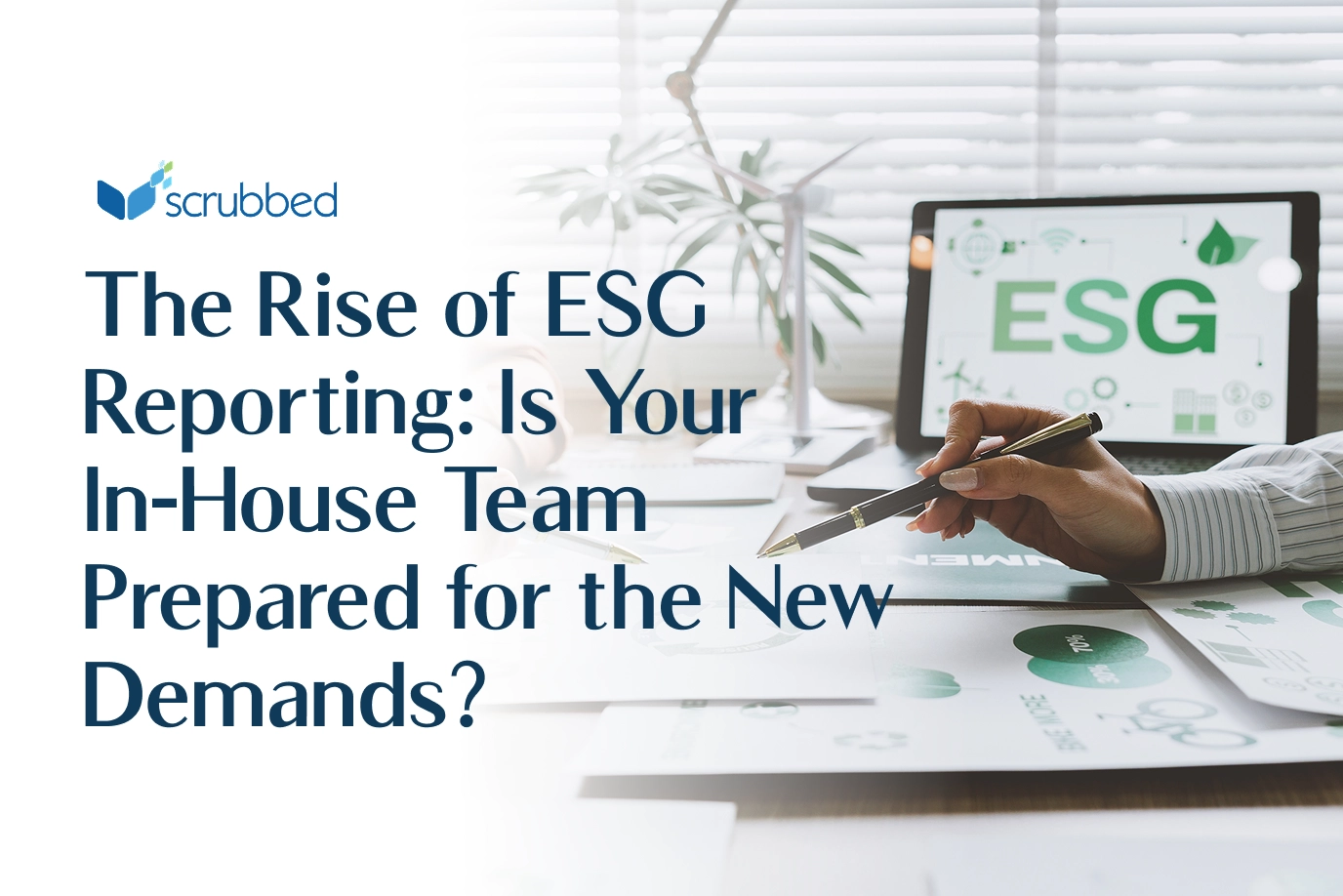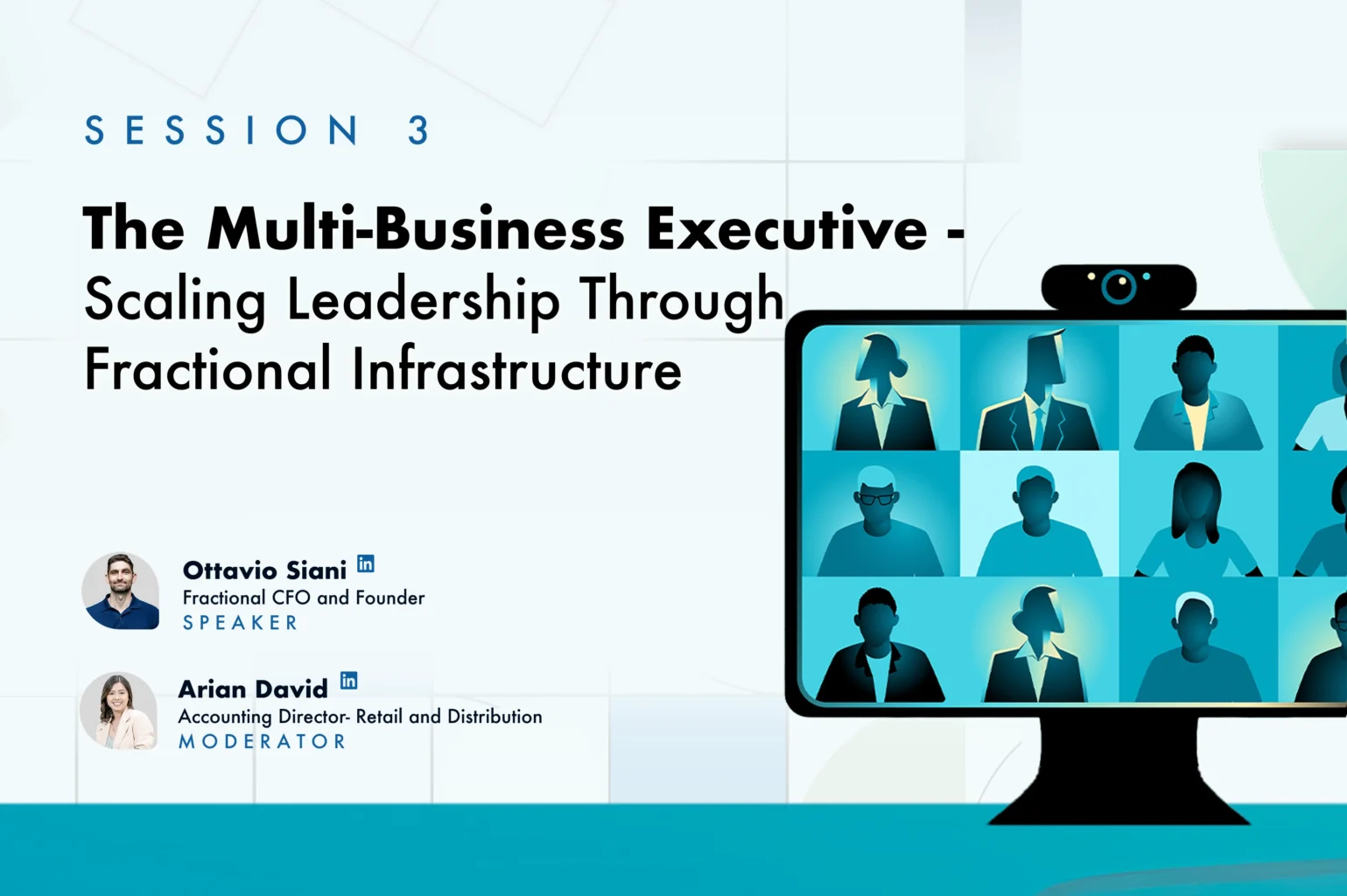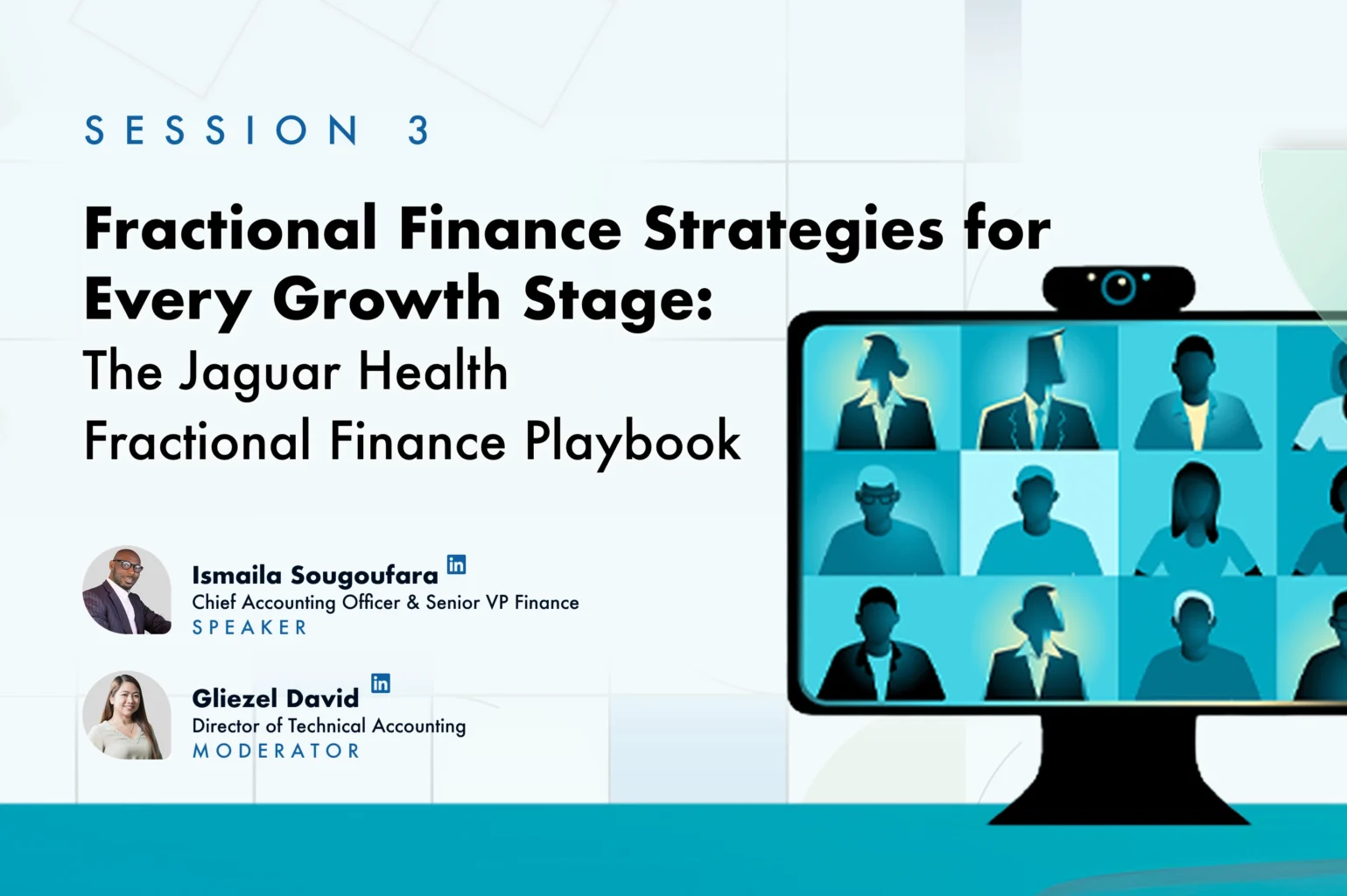At Scrubbed, we have extensive experience helping SaaS businesses achieve financial success. We’ve combined our knowledge and best practices into a clear and actionable 6-part series designed to maximize your profitability.
This second installment focuses on effective cost optimization strategies tailored to SaaS businesses.
Operating in the SaaS industry means looking for ways to achieve sustainable growth while constantly managing operational costs like personnel, cloud hosting, customer acquisition, and product development.
SaaS businesses face inherent challenges in optimizing these costs, from managing rapid growth and its impact on infrastructure to balancing the cost of acquiring new customers with their long-term value. Striking the right balance between essential investments like product development and security while maintaining operational efficiency requires constant strategic adjustments.
Looking for Expert Accounting And Finance Support For Your SaaS Business? Click here!
In a competitive landscape, cost optimization isn’t just a financial exercise – it’s a strategic imperative. Navigating the balance between managing expenses, maintaining customer satisfaction, and fostering operational efficiency requires a nuanced approach. Some of the strategies that can help your SaaS business include:
1.Identify and Eliminate Wasteful Spending
Building a culture of financial responsibility is a cornerstone of cost optimization:
- Regularly review financials:
Regularly analyze your financial statements to identify areas with high spending or potential inefficiencies. This allows you to pinpoint trends and patterns that might reveal unnecessary costs. - Create actionable budgeting frameworks:
Clear and actionable budgeting frameworks should translate your overall business strategy into specific financial targets for each department or team. - Leverage variance analysis:
Compare your actual financial results to the figures outlined in your budget. This process, known as variance analysis, helps you identify areas where spending deviates from the plan. Understanding these variances allows you to pinpoint areas requiring further investigation or potential cost-saving opportunities. - Prioritize value-generating costs:
Differentiate between “value-generating” and “non-essential” costs. Make a conscious choice to prioritize spending that directly contributes to revenue generation or operational efficiency, such as investments in marketing or customer support.
2. Curb Customer Churn and Acquire the Right Customers
Getting the balance right with customer acquisition and churn is vital.
Stem customer churn
- Understand the “why”: Analyzing why customers leave—through surveys, exit interviews or customer support data–is crucial for addressing the root causes of churn. Identifying the pain points is the first step to developing solutions such as improving product features, enhancing customer support, or adjusting pricing models.
- Build strong relationships: Prioritize proactive customer engagement through communicating regularly, providing helpful resources, and addressing issues promptly. Personalized experiences further strengthen relationships and build brand loyalty.
Attract the right customers
- Know your ideal customer: Define your ideal customer profile (ICP) and understand their demographics, needs, and challenges. This allows for targeted marketing and messaging that resonates with the right audience.
- Offer a taste of value: Incentivized trials allow potential customers to experience the product’s functionality and benefits firsthand. This can help them determine if it aligns with their needs and reduces their perceived risk of subscribing.
- Offer a taste of value: By analyzing data, SaaS businesses can identify the most effective channels, personalize messaging, and measure the success of acquisition campaigns. The goal is to direct resources toward attracting customers who are more likely to find value in the product and become loyal users.
3. Streamline Operations
Operations are a huge cost drive and optimizing them can have real impact on your cost-saving efforts.
Identify and eliminate bottlenecks
The first step is to identify hidden inefficiencies that hinder your team’s productivity and contribute to unnecessary costs. These inefficiencies can manifest in various ways, such as:
- Manual processes: Repetitive tasks performed manually by employees can be time-consuming and error-prone.
- Siloed data: Information scattered across different systems creates challenges in accessing and analyzing data, hindering informed decision-making.
- Outdated procedures: Clinging to outdated methods can impede efficiency and innovation.
Embrace automation and standardization
Once you’ve identified inefficiencies, leverage technology and standardized practices to address them:
- Automate repetitive tasks: Utilize workflow management tools and software integrations to automate routine tasks, freeing up your employees’ time and resources for higher-value activities.
- Standardize procedures: Establish clear and consistent procedures for tasks by creating documented workflows, templates, and guidelines.
Leverage data-driven insights
By utilizing the right tools and fostering a data-driven culture, you can gain valuable insights to streamline operations:
- Business Intelligence (BI) and analytics tools: These tools provide access to key performance indicators (KPIs), identify trends, and uncover areas for improvement. Data visualization tools can further enhance understanding and facilitate informed decision-making.
- Enterprise Resource Planning (ERP) systems: Implementing an ERP system can centralize data across various departments, including finance, HR, and inventory management. This improves data visibility and collaboration while streamlining core business functions.
Foster a cost-conscious culture
Cultivate a culture that values resourcefulness and empowers your team to contribute to cost-saving efforts:
- Encourage employee suggestions: Create avenues for employees to share cost-saving ideas and actively listen to their feedback.
- Empower teams to manage budgets: Allocate budgets to relevant teams and give them the autonomy to manage their expenses responsibly.
- Celebrate successes: By recognizing and rewarding employees’ efforts and contributions to cost-saving initiatives, you can create a collaborative environment that actively seeks ways to streamline operations and control costs.
4. Adopt Technological Advancements
Exploring emerging technologies can help SaaS businesses unlock new avenues for cost optimization. For instance:
- Explore robotic process automation (RPA): Repetitive tasks are often time-consuming and prone to human error. RPA technology offers a compelling solution by automating tasks across various systems and applications. By mimicking human actions with software bots, RPA can significantly improve efficiency and accuracy, freeing employees to focus on higher-value activities like customer relationship management, product development, and strategic growth initiatives.
- Stay informed about emerging technologies: By staying abreast of emerging trends like Artificial Intelligence (AI) and blockchain, your SaaS business can identify new ways to optimize operations.
- Artificial Intelligence (AI): AI can revolutionize cost optimization through tasks like:
- Automated data analysis: AI algorithms analyze your data to identify patterns and trends, enabling data-driven decision-making for cost reduction.
- Predictive maintenance: AI can predict potential equipment failures, allowing for preventive maintenance and avoiding costly downtime.
- Chatbots: AI-powered chatbots can provide 24/7 customer support, reducing the need for human resources while potentially improving customer satisfaction.
- Blockchain: Blockchain technology offers potential benefits for cost optimization, such as:
- Enhanced security: Blockchain’s inherent security features can reduce the need for additional security measures, potentially lowering costs.
- Improved data transparency: Blockchain can create a transparent and immutable data record, potentially reducing the need for manual reconciliation and audits.
- Artificial Intelligence (AI): AI can revolutionize cost optimization through tasks like:
It’s important to note that not all new technologies will be a perfect fit for every business. Careful evaluation and strategic implementation are crucial to harnessing the true potential of these advancements.
By implementing the strategies outlined here, from identifying wasteful spending to embracing technological advancements, your SaaS businesses can achieve sustainable growth without compromising on customer satisfaction or operational efficiency.







